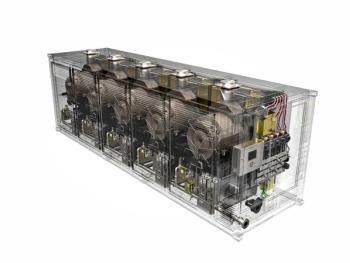
Using supercritical CO2 in cogeneration
Cogeneration, or combined heat and power (CHP), is the use of a
heat engine
or
power station
to simultaneously generate
electricity
and
useful heat
. In separate productions of electricity, some energy must be discarded as
waste heat
, but in cogeneration this
thermal energy
is put to use.
(Advanced CHP systems can operate at efficiency levels of up to 85 percent)
Due to thermodynamic efficient use of fuel the cogeneration plant allows to decrease costs of energy production and negative impact of emissions on the environment. Usually the CHP plant is based on gas turbine unit (GTU) or steam plant and has a flexible ratio of cogeneration, which depends on the season.
Advanced CHP systems can operate at efficiency levels of up to 85 percent, Further enhancement of their performance is possible only with the use of new technologies. Construction of CHP plants based on Supercritical CO2 (S-CO2) power cycle is one of the most promising technologies of CHP systems improvement. S-CO2 power cycles are proposed for future energy applications because of their high thermal efficiency and unique properties of carbon dioxide.
However, the possibilities of carbon dioxide applications as working fluids for cogeneration power plants have never been published or expanded on. In order to accommodate S-CO2 technology to CHP conception and to obtain the highest possible effect the complex research should be carried out.
During the initial stages of the specified research, the task of selection of rational flow diagrams for CHP systems should be solved. Successful solution of this problem will require a comprehensive analysis of a variety of cycles at different plant operation modes including at various heat loads, which is expected to happen in the near future.
Newsletter
Power your knowledge with the latest in turbine technology, engineering advances, and energy solutions—subscribe to Turbomachinery International today.




